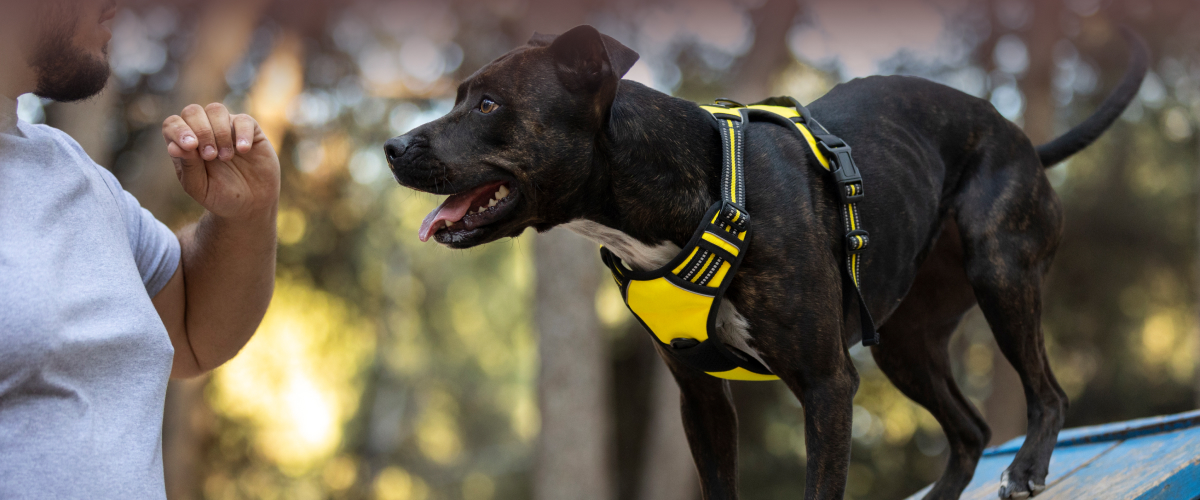Physical therapy can play a crucial role in improving the quality of life for senior pets by addressing mobility issues, managing pain, and promoting overall well-being. Here’s how physical therapy can help your senior pet:
Improved Mobility: Physical therapy exercises and techniques can help improve your senior pet’s mobility, range of motion, and flexibility. This is especially beneficial for pets with arthritis, joint stiffness, or age-related mobility issues.
Pain Management: Senior pets may experience chronic pain due to conditions such as arthritis, hip dysplasia, or degenerative joint disease. Physical therapy modalities such as massage, therapeutic ultrasound, and cold laser therapy can help alleviate pain and discomfort.
Muscle Strength and Endurance: As pets age, they may experience muscle weakness and loss of muscle mass. Physical therapy exercises and activities can help strengthen muscles, improve endurance, and prevent further muscle atrophy.
Balance and Coordination: Older pets may be prone to balance and coordination problems, increasing their risk of falls and injuries. Physical therapy exercises, balance training, and proprioceptive activities can help improve your pet’s balance and coordination, reducing the risk of accidents.
Weight Management: Obesity is a common issue in senior pets and can exacerbate existing health conditions such as arthritis and heart disease. Physical therapy can incorporate exercises and dietary management strategies to help senior pets achieve and maintain a healthy weight.
Post-Surgical Rehabilitation: If your senior pet undergoes surgery, physical therapy can play a crucial role in their recovery process. Rehabilitation exercises and modalities can help improve healing, reduce swelling, and restore mobility following surgery.
Customized Treatment Plans: A skilled veterinary physical therapist can create a customized treatment plan tailored to your senior pet’s specific needs and health goals. This may include a combination of therapeutic exercises, modalities, and manual techniques designed to address your pet’s individual health concerns.
Enhanced Quality of Life: By addressing mobility issues, managing pain, and improving overall physical function, physical therapy can significantly enhance the quality of life for senior pets. It can help them stay active, engaged, and comfortable as they age.
Education and Home Care: A physical therapist can provide you with valuable education and guidance on how to care for your senior pet at home. This may include teaching you specific exercises, stretches, and techniques to perform with your pet between therapy sessions.
Complementary to Veterinary Care: Physical therapy should complement, not replace, veterinary care for senior pets. Working collaboratively with your veterinarian and a certified veterinary physical therapist can ensure comprehensive care and optimal outcomes for your senior pet.
Overall, physical therapy can be a valuable adjunctive treatment option for senior pets, helping them maintain mobility, manage pain, and enjoy a higher quality of life as they age.

